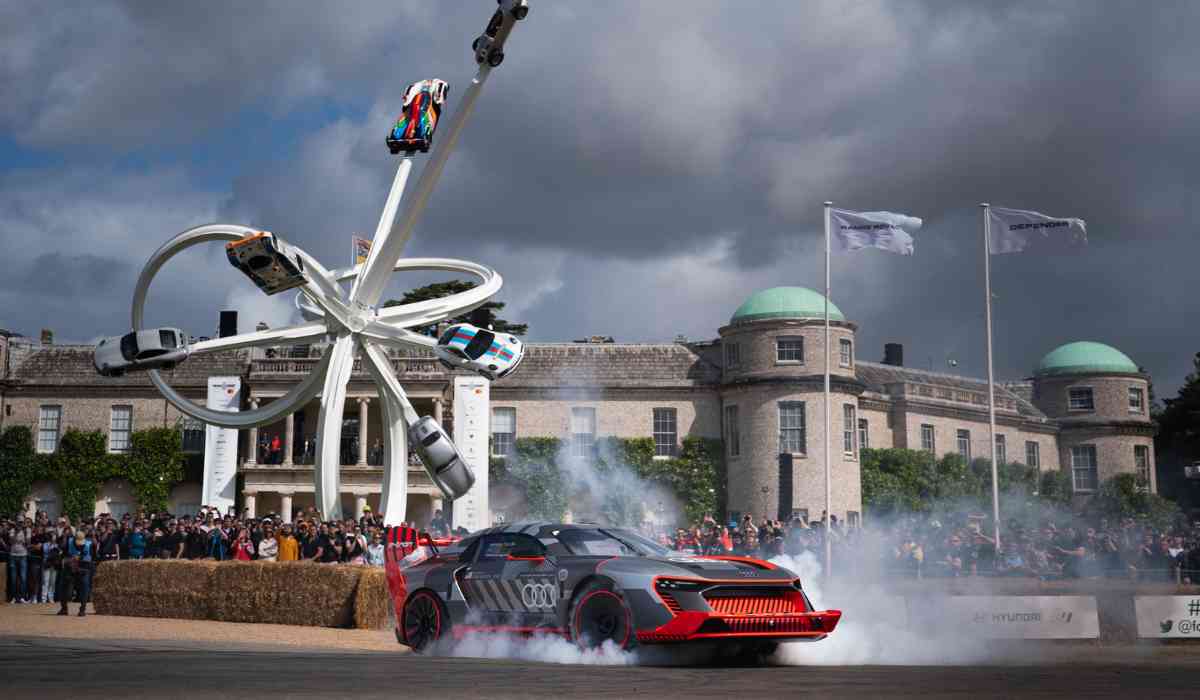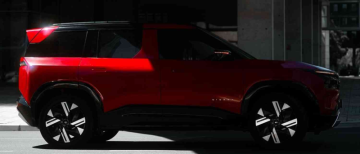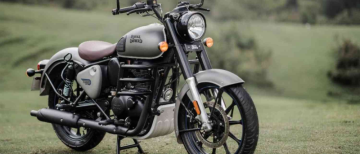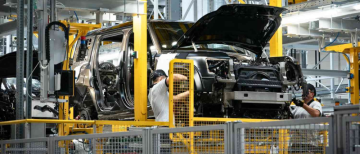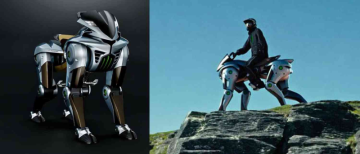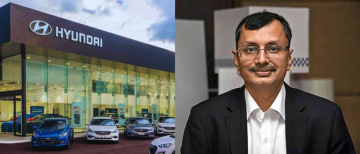The Audi emblem of the four rings denotes one of Germany's oldest automobile manufacturers. It symbolizes the merger in 1932 of four previously independent motor vehicle manufacturers: Audi, DKW, Horch and Wanderer. These companies are the foundation stones on which the present-day AUDI AG is built.
Let’s take you through the history of each company and how each of them came to become a part of the car super-manufacturer that we know today as Audi.
Horch
At the end of the 19th century, there were already a number of car manufacturers in Germany. One of them was August Horch & Cie., founded on November 14, 1899 in Cologne. August Horch was one of the pioneer figures of automotive engineering. Before setting up business on his own, he worked for Carl Benz in Mannheim for three years as Head of Automobile Production.
In 1904, August Horch relocated his company to Zwickau and transformed it into a share-issuing company. However, in 1909 August Horch withdrew from the company he had founded, and set up a new enterprise under the name of "Audi".
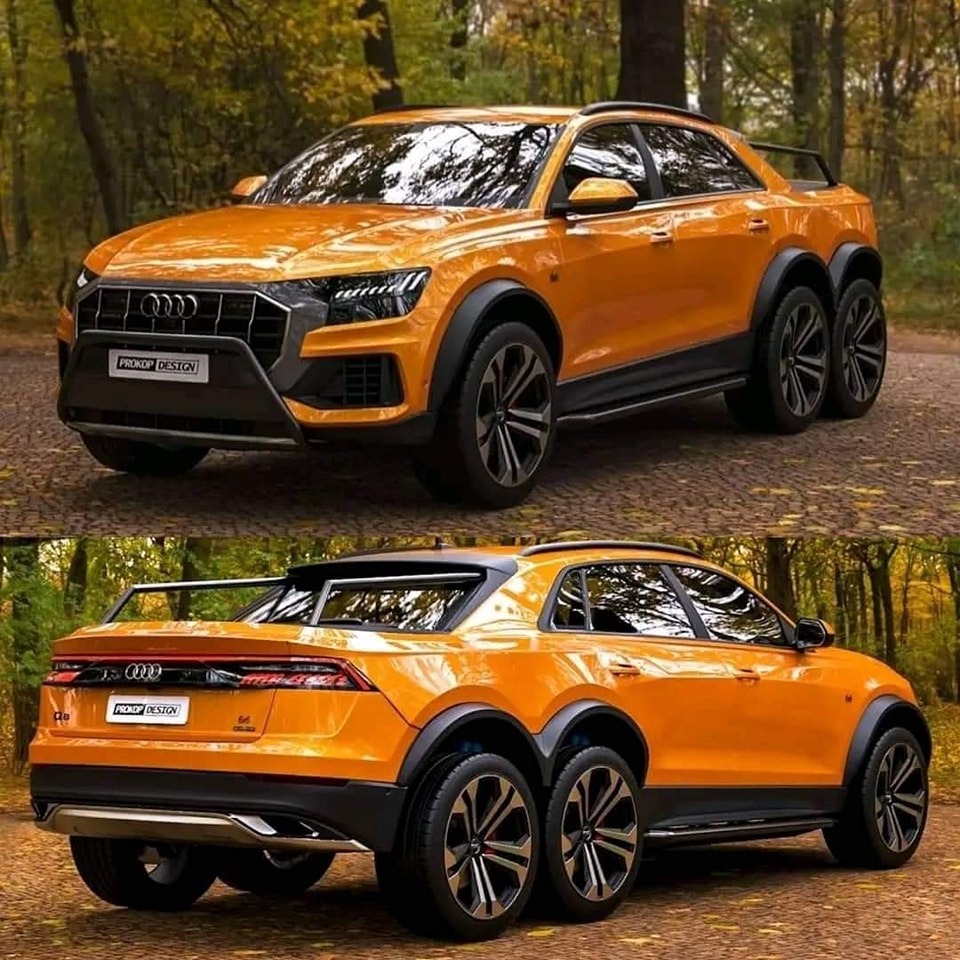
Audi
The company established by August Horch in Zwickau on July 16, 1909 could not again take its founder's name for reasons of fair trade. Horch found a new name for the company by translating his name, which means "hark!", "listen!", into Latin. So it was that the second company to have been set up by August Horch commenced operations under the name Audi Automobilwerke GmbH, Zwickau, on April 25, 1910.
Wanderer
In 1885, the two mechanics Johann Baptist Winklhofer and Richard Adolf Jaenicke opened a repair business for bicycles in Chemnitz. Shortly afterwards they began to make bicycles of their own, since demand at that time was very high. These were sold under the brand name Wanderer, and in 1896 the company itself began to trade as Wanderer Fahrradwerke AG.
Wanderer built its first motorcycle in 1902. The idea of branching out into automobile production was finally put into practice in 1913. A small two-seater by the name of "Puppchen" heralded in Wanderer's tradition of motor car production that was to last several decades.
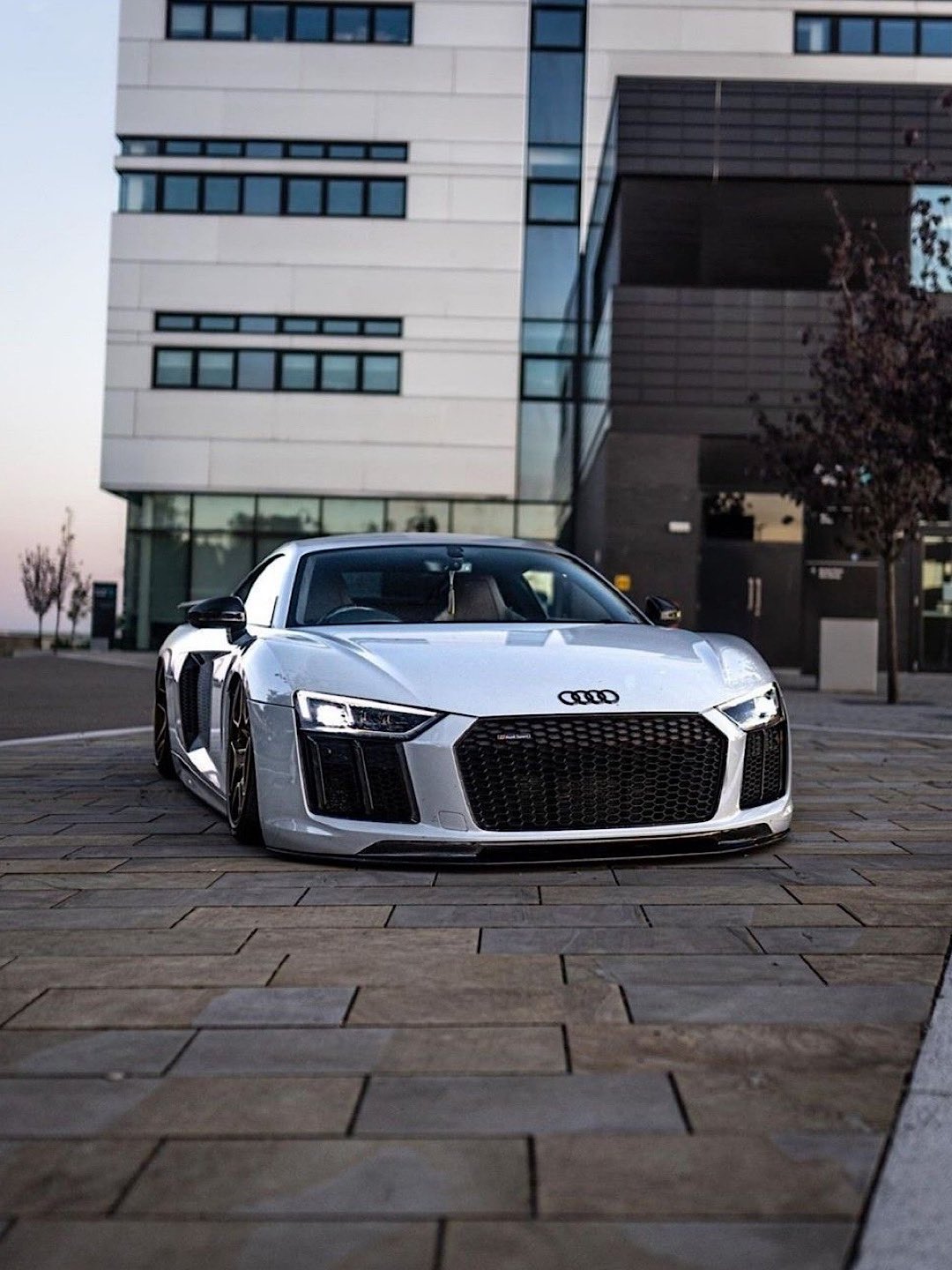
DKW
Originally founded under the name Rasmussen & Ernst 1904 in Chemnitz, the company was moved to Zschopau in the Erzgebirge region in 1907. The company initially manufactured and sold exhaust-steam oil separators for steam-raising plant, mudguards and lighting systems for motor vehicles, vulcanization equipment and centrifuges of all kinds.
The company's founder Jörgen Skafte Rasmussen began to experiment with a steam-driven motor vehicle in 1916, registering DKW as a trademark. In 1919 the company, by now renamed Zschopauer Motorenwerke, switched to the manufacture of small two-stroke engines, which from 1922 on served as a springboard for its success in building motorcycles under the brand name DKW. The first small DKW motor car appeared on the market in 1928.
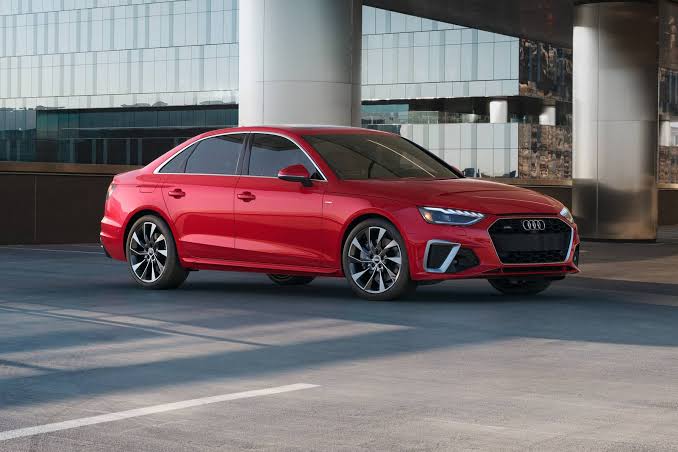
How Auto Union AG, Chemnitz came into being:
On June 29, 1932, Audiwerke, Horchwerke and Zschopauer Motorenwerke - DKW merged on the initiative of the State Bank of Saxony to form Auto Union AG. A purchase and leasing agreement was concluded at the same time with Wanderer, for the takeover of its Automobile Division. The new company's head offices were in Chemnitz.
Following the merger, Auto Union AG was the second-largest motor vehicle manufacturer in Germany.
The company emblem, with four interlinked rings, symbolized the inseparable unity of the four founder-companies. The brand names Audi, DKW, Horch and Wanderer were retained.
Each of the four brands was assigned a specific market segment within the group: DKW assumed responsibility for motorcycles and small cars; Wanderer built midsize cars; Audi manufactured cars in the deluxe midsize class, and Horch produced deluxe top-of-the-range automobiles.
In 1945, after the end of the second world war, Auto Union AG was expropriated by the occupying Soviet forces. The company's leading figures consequently moved to Bavaria, where a new company was founded in Ingolstadt in 1949 under the name of Auto Union GmbH, to uphold the motor vehicle tradition of the company with the four-ring emblem.
The first vehicles to leave the company's production line after its new start were DKW's successful models with two-stroke engines - motorcycles, cars and delivery vans.
A new Auto Union model appeared on the market in 1965, the company's first post-war vehicle with a four-stroke engine. To emphasize this dawning of a new era, a new product name was likewise needed: the traditional name of Audi was resurrected. A short time later, the last DKWs rolled off the production line in Ingolstadt. From then on, the new models with four-stroke engines were produced under the brand name "Audi". A new era had begun in another sense, too: the Volkswagen Group acquired the Ingolstadt-based company in 1965.
On March 10, 1969, Auto Union GmbH of Ingolstadt merged with NSU Motorenwerke AG, of Neckarsulm. The new company bearing the name Audi NSU Auto Union AG, with its head offices in Neckarsulm, was created retrospectively as of January 1.
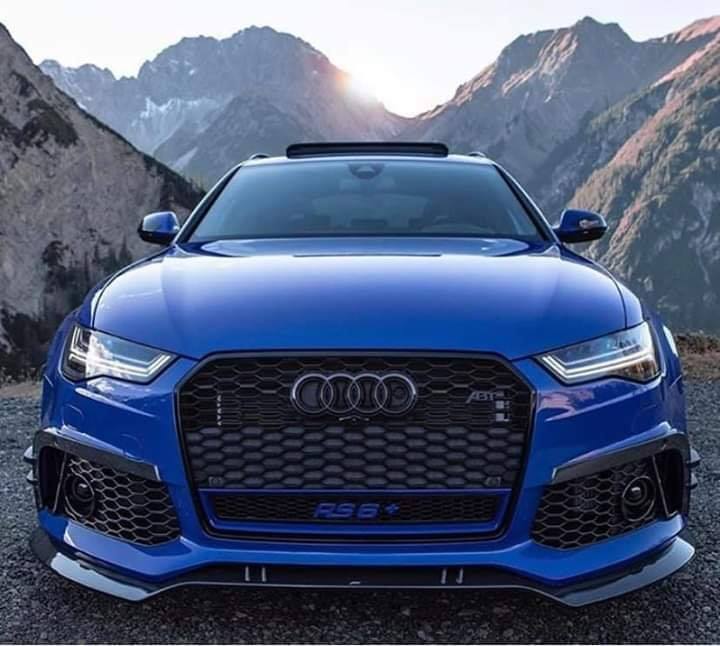
A little history of the NSU:
NSU was founded in 1873 in Riedlingen, on the Danube, by the two Swabian mechanics Christian Schmidt and Heinrich Stoll. Seven years later they moved the company to Neckarsulm. For its first twenty years, the company manufactured knitting machines.
Neckarsulmer Strickmaschinenfabrik diversified into bicycles in 1886. From then on, the bicycle was to have a decisive influence on the company's fortunes. Motorcycle production commenced at NSU in 1901, and five years later the first motor car was built there. Automobile production activities were halted again in 1929, to allow the company to concentrate on building two-wheelers. It was almost thirty years later, in 1958, that production of cars recommenced in Neckarsulm.
The last NSU left the production line in March 1977, and from then on the company manufactured exclusively Audi cars. About this time, the company's bosses began to consider streamlining the company's rather cumbersome name of Audi NSU Auto Union AG.
With the objective of giving the company and its products the same name, in 1985 Audi NSU Auto Union AG was renamed simply AUDI AG. To coincide with the change of name, the company's registered headquarters were transferred from Neckarsulm to Ingolstadt.
The Audi brand, as it's known today, emerged from the merger of these four companies, and the logo has become an iconic symbol of the brand's history and heritage. Audi today is a renowned automobile manufacturer known for its luxury vehicles, innovative technology, and distinctive design. Audi is recognized for its commitment to advanced engineering and has introduced various groundbreaking technologies, including quattro all-wheel drive.
The brand offers a diverse range of vehicles, from compact cars like the Audi A3 to luxurious sedans like the Audi A8, as well as SUVs and sporty models.
Audi's reputation for combining performance with luxury has made it a favorite among car enthusiasts worldwide.
The brand has a strong presence in motorsports, participating in events like the Le Mans 24 Hours and showcasing its engineering prowess.
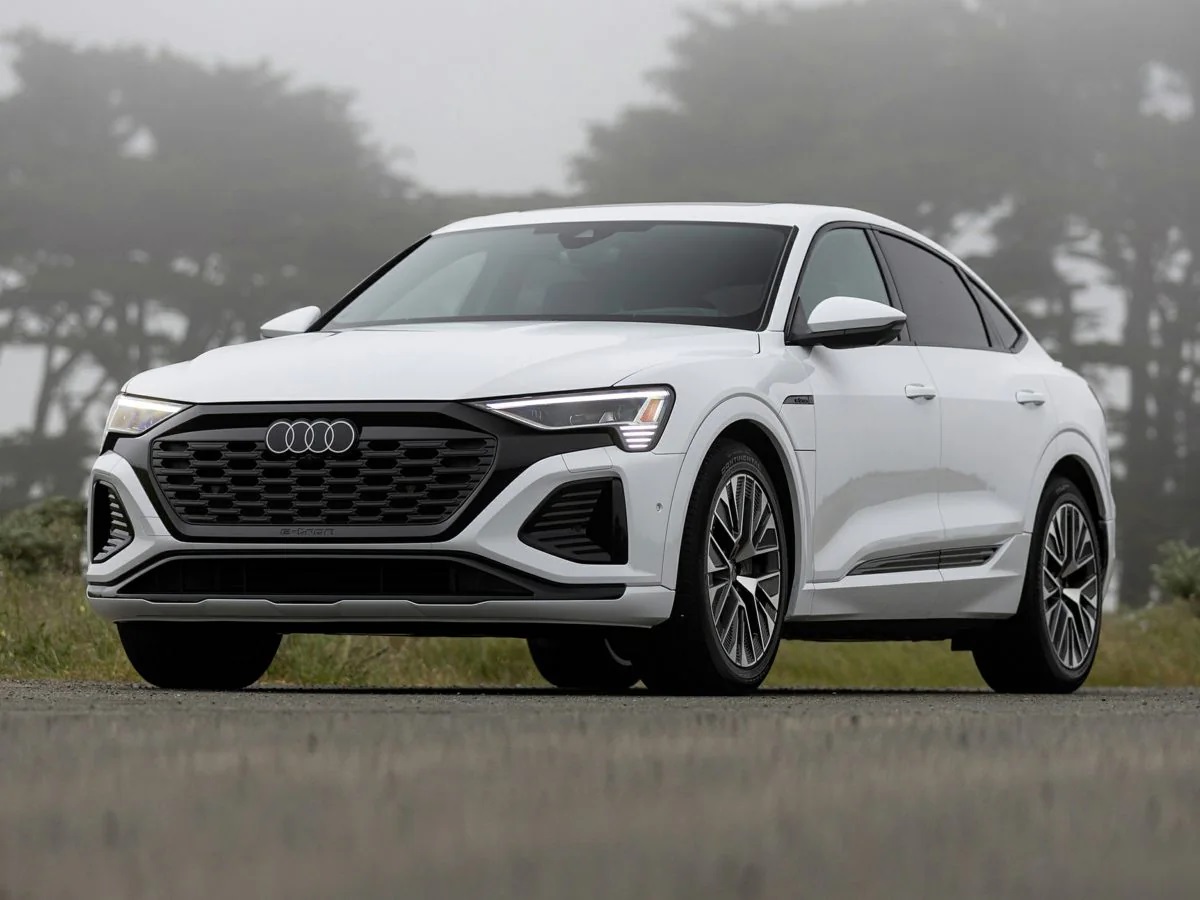
Audi's focus on sustainability is evident through its development of electric and hybrid vehicles, like the Audi e-tron series. Its interior design is characterized by meticulous attention to detail, high-quality materials, and cutting-edge infotainment and driver assistance systems.
With a legacy of innovation and a commitment to excellence, Audi continues to shape the automotive landscape with its iconic designs and technological advancements.
© Copyright 2023. All Rights Reserved Powered by Vygr Media.

